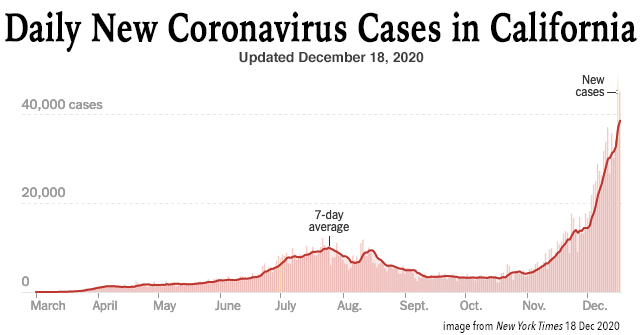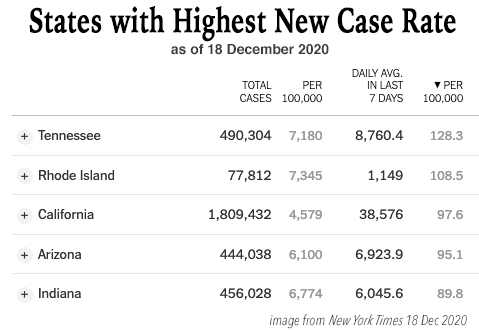Session Zero & Narrative vs. Meta Gaming
Dec. 18th, 2020 02:51 pmIn the world of roleplaying games there has always been an emphasis on narrative communication. The founding idea of roleplaying is that you're portraying a character. Ergo, you should speak as that character. You describe actions "you" take, and the Game master (GM) likewise describes what "you" experience. This in-character interaction is narrative communication.
There's also meta conversation, or meta-gaming as it's often called. This is when players talk about the game, as players, rather than as their characters. This has traditionally been regarded as weak gaming, a habit or crutch of people who lack sufficient creativity or simply "don't get it". This has had a big part in slowing acceptance of Session Zero, IMO.
Recall that Session Zero is about discussing how characters fit together, as a group, in the setting, and as protagonists in a shared story. This is obviously a meta discussion. Parts of it can be narrative, but parts of have to be meta. And that's where a lot of the objections from experienced gamers come from.
One player was refusing to participate in crafting a workable character backstory. He created a character that had no reason to work with the party and no reason to care about the plot. I took a narrative approach first. I offered, one at a time, 3 suggestions on character backstory that would lead him to meet the group and care about the plot. He shot down each one. Next, I asked him to offer his own idea, but he pointedly refused.
At this point I "went meta" and reminded him of a line similar to this one, which I've seen elsenet recently as a description relating to Session Zero:
The player was livid at my admonishment. He ridiculed the very premise, complaining it’s creatively limiting and a cheap oversimplification on the part of the GM to require characters that fit the group and the plot.
We went back-and-forth a few rounds on this. It was tough on me because this player was well respected in our community. Friends whose opinion I value considered him “Best. Storyteller. Ever.” I tried really hard to make it work. Long story short, though: I told him he was unreasonable and asked him to leave.
After several successful game sessions with the remaining players, one of them offered a different perspective. “He was pissed the group picked your game idea over his. He was going out of his way to be a jerk to you.”
1) The meat of Session Zero— alignment of characters to the group, the story, and the setting— is important. Do not let anyone talk you out of this.
2) Try a narrative solution first... but do not be reluctant to address issues at the meta-game level if narrative attempts fail or sooner if a player seems uncooperative.
3) While meta-game communication can clear up lots of misunderstandings, sometimes it reveals a problem deeper than a mere misunderstanding— an expectations mismatch too wide to bridge, or a person operating in bad faith. It's your prerogative to exclude from your game people who don't and won't fit into it. You and all the other players will enjoy it better!
There's also meta conversation, or meta-gaming as it's often called. This is when players talk about the game, as players, rather than as their characters. This has traditionally been regarded as weak gaming, a habit or crutch of people who lack sufficient creativity or simply "don't get it". This has had a big part in slowing acceptance of Session Zero, IMO.
Recall that Session Zero is about discussing how characters fit together, as a group, in the setting, and as protagonists in a shared story. This is obviously a meta discussion. Parts of it can be narrative, but parts of have to be meta. And that's where a lot of the objections from experienced gamers come from.
Example: Going Meta when Narrative Discussion Fails
Here's an example from back at the same time as my Batman and the Joker in the same party story. While I wasn't as adamant as I should have been back then about characters being able to work together, I was serious about working with players to develop backstories that a) tied them in to the rich world I had created and b) gave them reason to participate in the broad story arcs I'd crafted. My game was not going to be one of those, "So, you all meet in a tavern, 5 strangers who become instant friends, and you decide to go on an adventure...." (Yes, that sounds preposterous, but if you're an experienced gamer you know it's also literally been done about a million times.)One player was refusing to participate in crafting a workable character backstory. He created a character that had no reason to work with the party and no reason to care about the plot. I took a narrative approach first. I offered, one at a time, 3 suggestions on character backstory that would lead him to meet the group and care about the plot. He shot down each one. Next, I asked him to offer his own idea, but he pointedly refused.
At this point I "went meta" and reminded him of a line similar to this one, which I've seen elsenet recently as a description relating to Session Zero:
“Part of participating in a group storytelling experience is to make a character that can tell a story with the group.”
The player was livid at my admonishment. He ridiculed the very premise, complaining it’s creatively limiting and a cheap oversimplification on the part of the GM to require characters that fit the group and the plot.
We went back-and-forth a few rounds on this. It was tough on me because this player was well respected in our community. Friends whose opinion I value considered him “Best. Storyteller. Ever.” I tried really hard to make it work. Long story short, though: I told him he was unreasonable and asked him to leave.
After several successful game sessions with the remaining players, one of them offered a different perspective. “He was pissed the group picked your game idea over his. He was going out of his way to be a jerk to you.”
Three Lessons Learned
My takeaway lessons from this were:1) The meat of Session Zero— alignment of characters to the group, the story, and the setting— is important. Do not let anyone talk you out of this.
2) Try a narrative solution first... but do not be reluctant to address issues at the meta-game level if narrative attempts fail or sooner if a player seems uncooperative.
3) While meta-game communication can clear up lots of misunderstandings, sometimes it reveals a problem deeper than a mere misunderstanding— an expectations mismatch too wide to bridge, or a person operating in bad faith. It's your prerogative to exclude from your game people who don't and won't fit into it. You and all the other players will enjoy it better!

